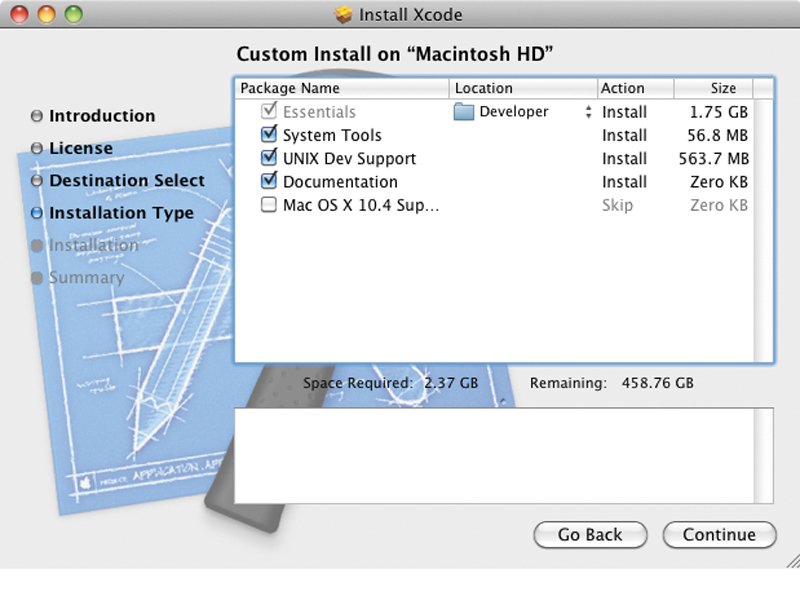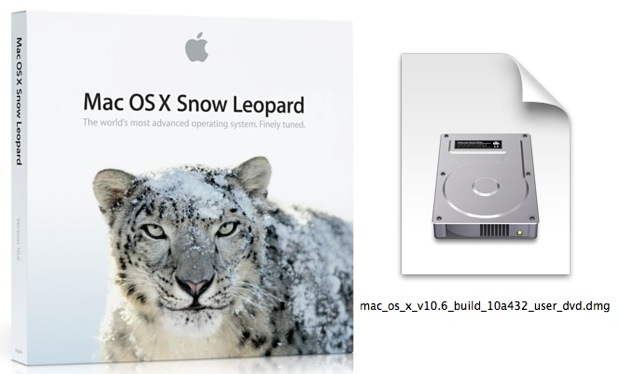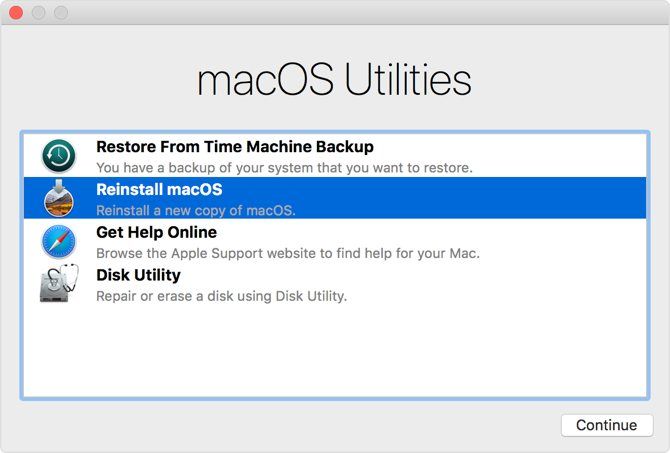

- How to downgrade mac os to snow leopard how to#
- How to downgrade mac os to snow leopard mac os x#
- How to downgrade mac os to snow leopard install#
- How to downgrade mac os to snow leopard update#
- How to downgrade mac os to snow leopard download#
How to downgrade mac os to snow leopard how to#
How to run an older macOS on an external drive Follow the instructions to reinstall macOS using the installer you just saved to the external drive (link to separate article above). You are now downgraded to OS X 10.6.2 (or something less than 10.6.6). Wait until the second phase of the installation procedure completes. Keep the DVD inside your computer while you wait for it to restart.
How to downgrade mac os to snow leopard install#
Now click on Reinstall macOS or Reinstall macOS and Continue. While OS X is running, insert your OS X Snow Leopard Install DVD. How to downgrade mac os to snow leopard mac os x#
For example: If your computer came with Mac OS X 10.4 (Tiger) but you upgraded to Mac OS X 10.5 (Leopard), Archive and Install using the Leopard CDs.
Quit Disk Utility (Disk Utility > Quit Disk Utility). When performing an Archive and Install, use the installation CD for the current version of the operating system that installed on the computer. Select the main volume and click Unmount then Erase. To start this process, restart the Mac in Recovery Mode by holding down Command and the R key during restart. 32-bit Mac OS X Snow Leopard Server guest kernel panics on 64-bit Xserve host after editing settings Jump to solution Hello, I have a number of 64-bit Apple Xserve3,1 servers running ESXi 6.0.0U2. You can then do a clean install of Snow Leopard OS X 10.6 on your Mac's startup drive. Next you need to completely erase everything from your Mac, restoring it to factory settings. If you're willing to try the downgrade process, create a clone of the current Mac startup drive on a bootable external drive that is not your current startup disk. Use this installation file to create a bootable installer on an external storage device. How to downgrade mac os to snow leopard download#
Download the installer of the version of macOS that you require from the Mac App Store. You will be wiping your Mac and installing the version of macOS you require on a clean slate. This is a process known as a clean install, which we look at in more detail here: Note: This will wipe your Mac so make a copy of anything you want to keep! How to install an old macOS using bootable installer Your Mac will restart once the installation is complete. 
 Select your startup disk and click Install. Click Continue and follow the on-screen instructions. Once you see the macOS Utilities screen choose the Reinstall macOS option. (It didn’t actually work for us when we tried, perhaps because our internet connection wasn’t good enough, but it should work in theory!) While we are talking about Recovery, you might like to try the following method of downgrading your Mac to the version of macOS it shipped with. How to downgrade to the OS that shipped on your Mac How to restore your Mac from a Time Machine backup. In the meantime, not relishing (or having time for) the tedium of a Snow Leopard downgrade to 10.6.2, and finally losing my patience with having to reboot two or three times a day to get my keyboard working again, I threw in the towel last week and reverted to Leopard (Mac OS X 10.5.8), which I wisely kept installed on another hard drive. Remember that if you recover from an old backup you will lose the data you have added since updating to the version of macOS you wish to uninstall. Choose a Time Machine backup from before you installed the version of macOS you wish to revert from and click on Continue.
Select your startup disk and click Install. Click Continue and follow the on-screen instructions. Once you see the macOS Utilities screen choose the Reinstall macOS option. (It didn’t actually work for us when we tried, perhaps because our internet connection wasn’t good enough, but it should work in theory!) While we are talking about Recovery, you might like to try the following method of downgrading your Mac to the version of macOS it shipped with. How to downgrade to the OS that shipped on your Mac How to restore your Mac from a Time Machine backup. In the meantime, not relishing (or having time for) the tedium of a Snow Leopard downgrade to 10.6.2, and finally losing my patience with having to reboot two or three times a day to get my keyboard working again, I threw in the towel last week and reverted to Leopard (Mac OS X 10.5.8), which I wisely kept installed on another hard drive. Remember that if you recover from an old backup you will lose the data you have added since updating to the version of macOS you wish to uninstall. Choose a Time Machine backup from before you installed the version of macOS you wish to revert from and click on Continue.  When you see the Utilities window choose Restore from Time Machine Backup and click on Continue. Continue holding both keys until you see the Apple logo or a spinning globe. Start up your Mac and immediately hold down. But in Snow Leopard things are different. Once upon a time, you used to be able to copy and paste your preferred icons in order to change them to a new icon. But with GUI-based admin, how reasonable is that?)Ī related aspect: I'm planning to set this up as a working server, and a hot backup running in IP Failover mode.Here are the steps you need to take to recover an older macOS from a Time Machine backup: One of these little annoyances is changing the application icons. (My normal path would be to take advantage of grep and fix every necessary config file.
When you see the Utilities window choose Restore from Time Machine Backup and click on Continue. Continue holding both keys until you see the Apple logo or a spinning globe. Start up your Mac and immediately hold down. But in Snow Leopard things are different. Once upon a time, you used to be able to copy and paste your preferred icons in order to change them to a new icon. But with GUI-based admin, how reasonable is that?)Ī related aspect: I'm planning to set this up as a working server, and a hot backup running in IP Failover mode.Here are the steps you need to take to recover an older macOS from a Time Machine backup: One of these little annoyances is changing the application icons. (My normal path would be to take advantage of grep and fix every necessary config file. How to downgrade mac os to snow leopard update#
If the latest macOS / OS X / Mac OS X update caused the problem manually download and install the previous Combo. My primary question: in reality, what does it take to correctly change the hostname and retain configuration? Archive and Install macOS / OS X / Mac OS X. The general scuttlebutt, at least for dummies, is that you Really Don't Want to change hostnames on a Mac, once it is configured. I'm new to Mac, and have been reading a firehose of material. To make it a bit harder, my old server has a long history on the Internet and needs to have as little downtime as possible (minutes is fine, hours not so much.) For a variety of reasons, when all is done, I need to have (one of) the new servers use the same hostname as the old one. I'm setting up a pair of Mac Mini servers to replace Linux.








 0 kommentar(er)
0 kommentar(er)
